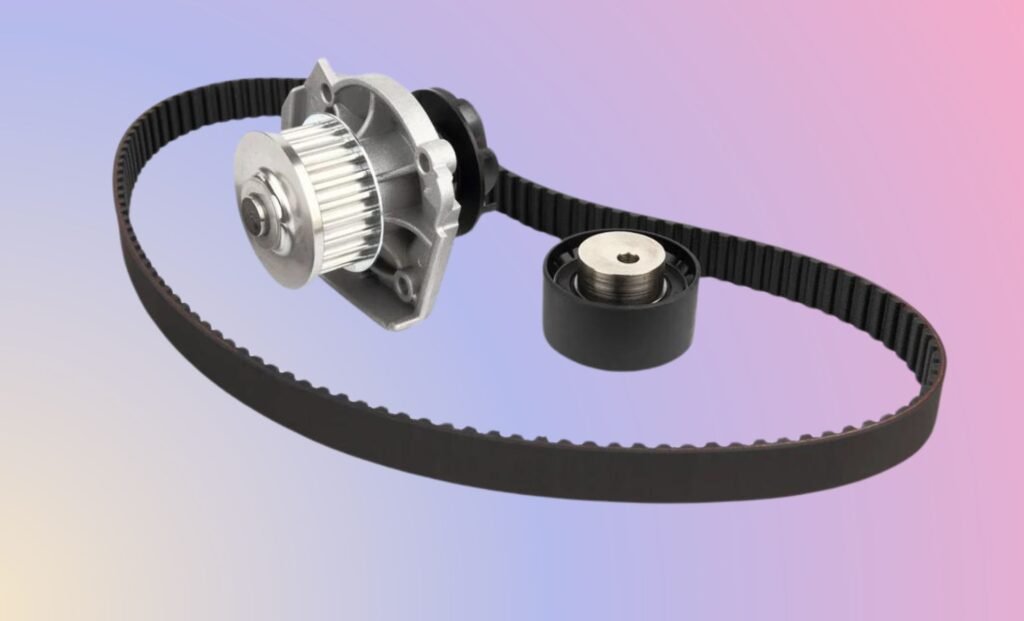It is reliably exquisite to go on a steady vehicle ride and not experience any issues. Your vehicle is strong, and you have guaranteed it is working particularly.
You have other than guaranteed that your vehicle has a coolant structure working, giving it all work, staying aware of the motor temperature, and the coolant is full. Anyway, you are encountering overheating issues with your vehicle. You reevaluate yourself about engine overheating anyway when the coolant is full. We should go through a fast outline of inspirations driving why your Engine overheats when the coolant is full.
Reasons your vehicle is overheating when the coolant is full

Engines overheat given different elements, such as cooling structure discharges, upset hoses due to disintegrating, radiator issues, broken water siphons, and significantly more reasons in light of standard wearing and tearing.
Having such boundless parts adding to the issue being confronted, it becomes principal to do an escalated audit and test the coolant plan to investigate the certifiable issue.
With your vehicle’s cooling approach, a couple of mechanical parts are involved to make up something the same. We ought to get more to know these parts and what they add to the overheating discretionary means for you have noticed:
1. Water Siphon-engine overheating when the coolant is full.
The Water Siphon is the central piece of the vehicle’s cooling system and is associated with the engine for its turn of events. Its massive limit is to siphon the fluid main impetus mix and water all through the vehicle’s cooling structure. You will find the reaction to my vehicle overheating if the coolant isn’t being circumnavigated precisely true to form. Accepting that it is fundamentally siphoning water, it could begin to climb, affecting vehicle overheating.
A shaky water siphon is the inescapable consequence of inner deterioration or breaks. Expecting the belt is making aggravations, or the coolant spill is from the front of the vehicle, or you notice the steam moving away from through the coolant system, and you notice the overheating deferred results, you ought to perpetually check the water siphon first.
2. Water Belt

The Water Siphon Belt is responsible for enabling the advancement of the coolant and is committed to pushing it through the cooling structure. It is connected with the real working of the water direct as well.
A demolished/secluded belt will incite the delivered working of the entire water siphon. With this issue, the motor coolant won’t be slammed into the radiator to cool, and the coolant fluid inside the structure will continue to froth, making the engine overheat.
The best strategy for avoiding a belt bummer is getting the water belt fixed. To avoid more basic engine issues, fixing the belt and overriding the annihilated ones is recommended to move what’s along on cool.
3. Indoor controller
The indoor controller has the most say in the coolant stream to the engine. A horrible indoor controller is one of the various insurances for why engine overheating is caused, in any case, when the coolant is full.
The indoor controller investigates the engine temperature and picks when to allow coolant fluid to go through the coolant system. On a very fundamental level, when the engine gets hot, the indoor controller valve opens up, allowing the coolant stream and diminishing the engine overheating. When the engine gets cool in winter, the valve is closed to bewilder the improvement of coolant and helps the new engine with warming up.
With a crushed indoor or indoor controller being separated and worked up temperature readings, the engine will overheat, and paying little mind to how hot it gets, the coolant can’t go through it.
Expecting that you notice variable temperature readings, engine overheating, or spilling around the indoor controller and onto the ground under your vehicle, you ought to grasp that the overheating is an outcome of a dialing back indoor controller.(If you want to develop this kind of website by professional web developers you can contact with them).




